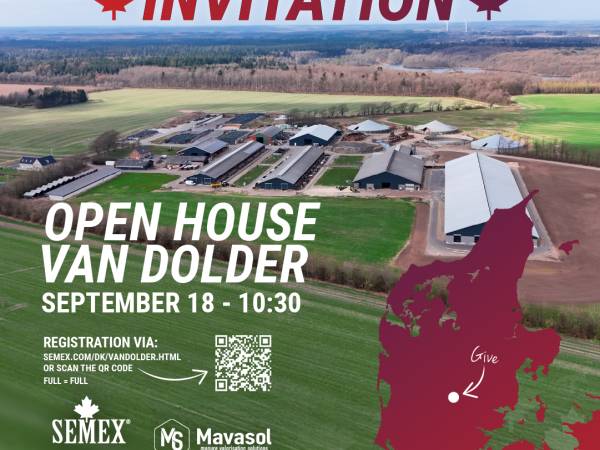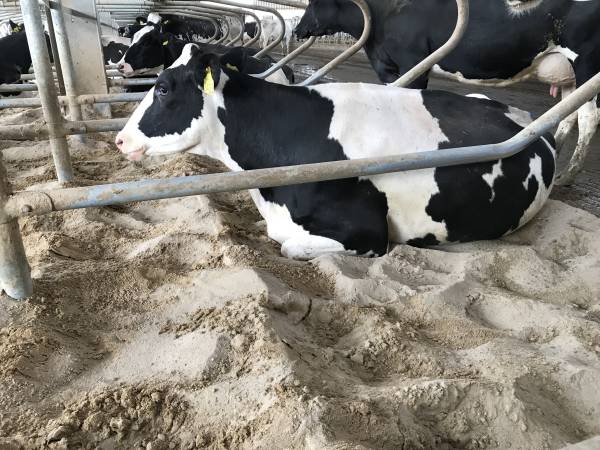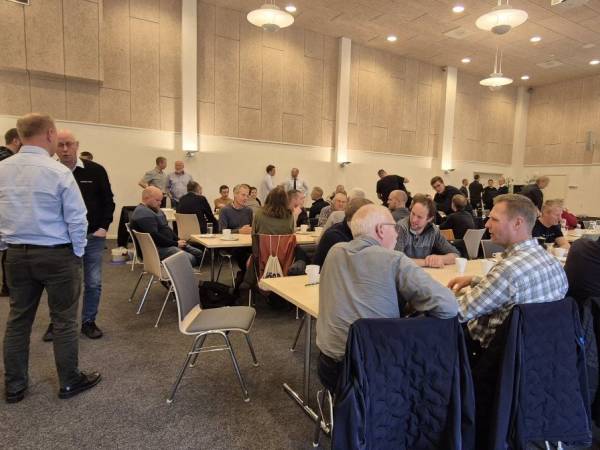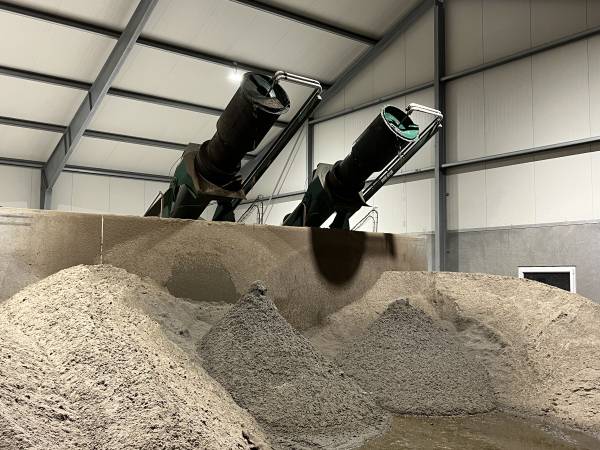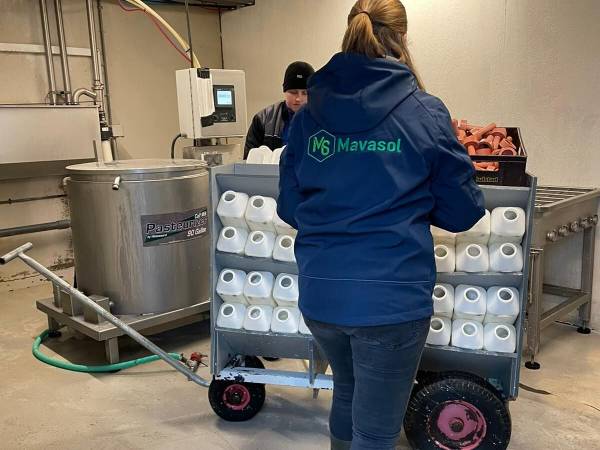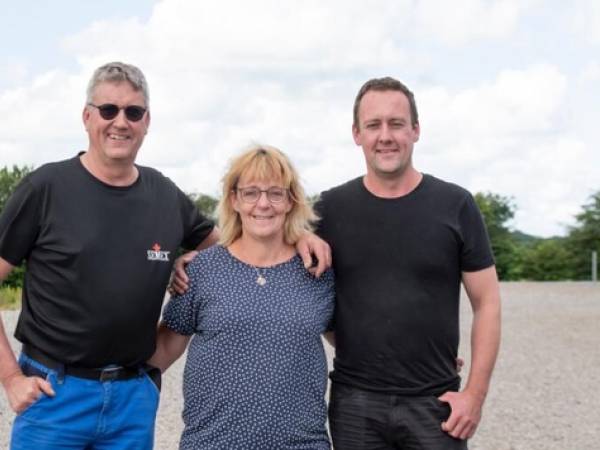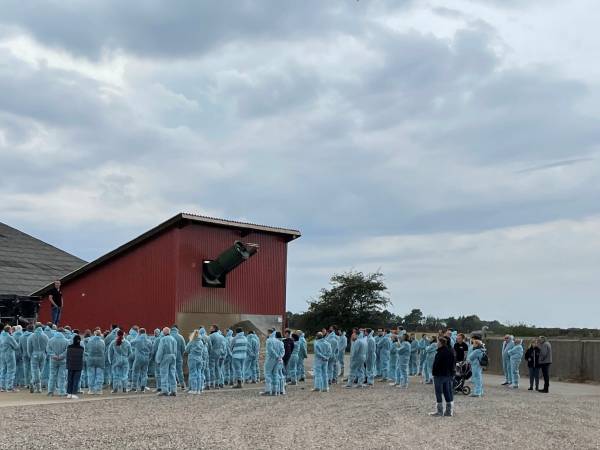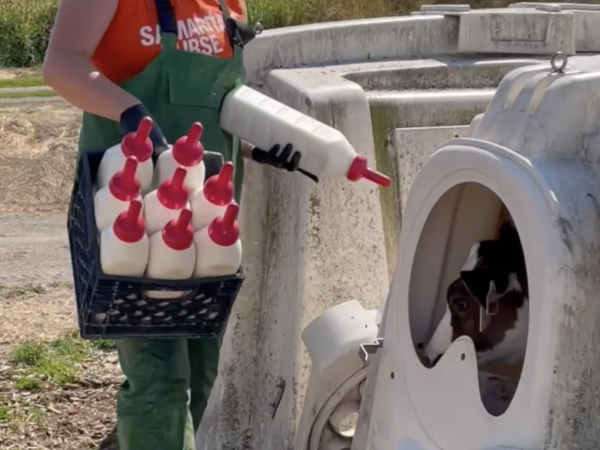In the Netherlands, sand as cubicle bedding is still rarely used compared to other European countries. Many dairy farmers focus mainly on the potential drawbacks: increased wear on machinery, blockages in the manure system, and more labour-intensive barn management. As a result, sand is often not even considered a serious option. Yet, interest is growing.
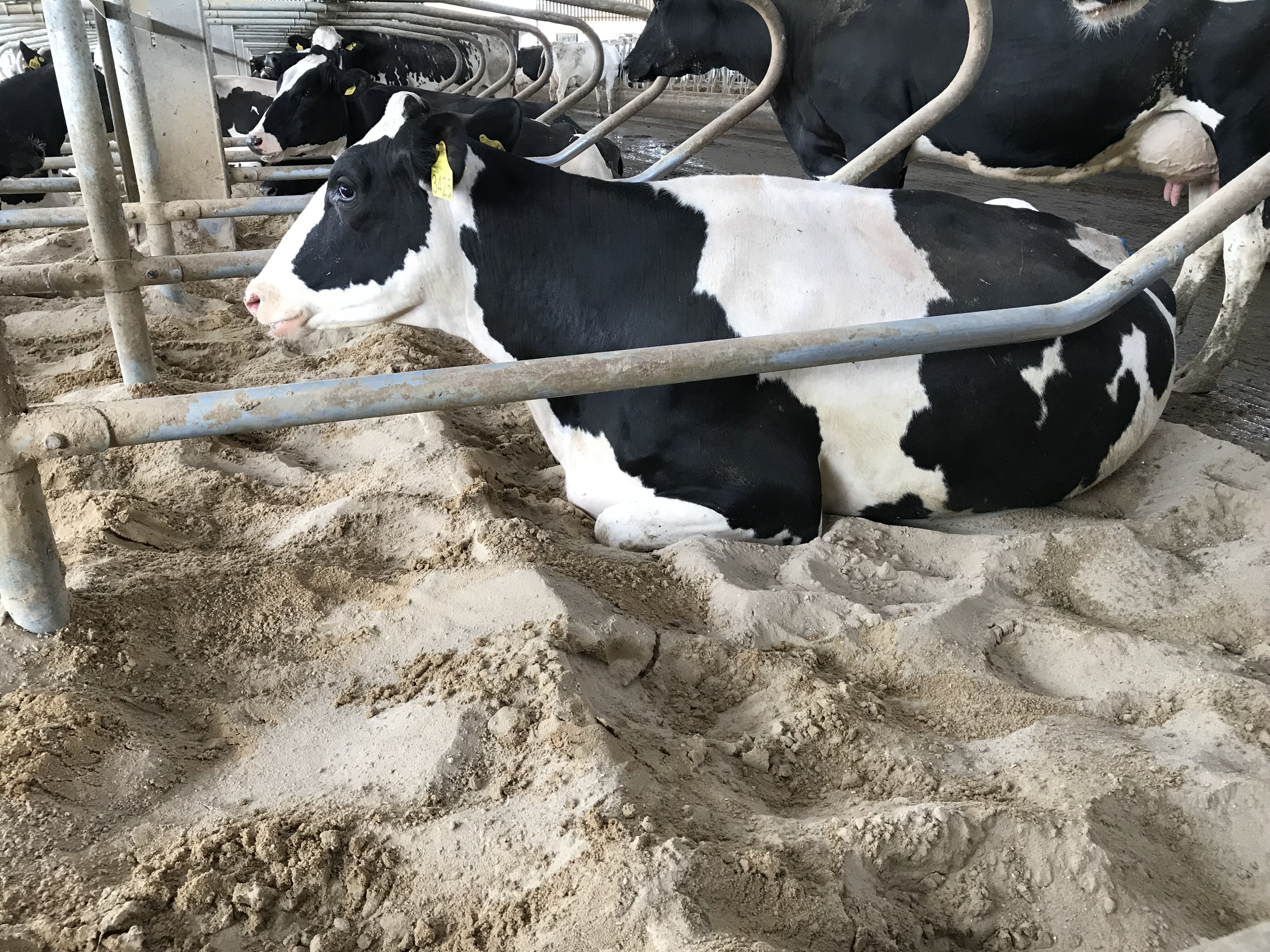 The agricultural magazine Boerderij recently covered this topic and spoke with farmers who did make the choice. Their experiences show that sand is not only comfortable and hygienic, but also manageable, provided the system is designed accordingly. One farmer from Wanneperveen, for example, has been working with an automatic sand-manure separator for three years and will soon install a system for sand reuse. In the United States, this has been the norm for years. In the Netherlands, it is still rare, but change is underway.
The agricultural magazine Boerderij recently covered this topic and spoke with farmers who did make the choice. Their experiences show that sand is not only comfortable and hygienic, but also manageable, provided the system is designed accordingly. One farmer from Wanneperveen, for example, has been working with an automatic sand-manure separator for three years and will soon install a system for sand reuse. In the United States, this has been the norm for years. In the Netherlands, it is still rare, but change is underway.
Although sand may initially be seen as 'tricky', there are now well-thought-out methods for processing and reusing it efficiently. Manure remains suitable for fermentation, making it possible to produce biogas. In practice, sand, when applied correctly, not only proves to be a convincing alternative but in many respects performs better than conventional bedding. It strongly contributes to animal health, increases efficiency, and offers clear advantages for the sustainability of the business.
A well-considered alignment between barn design, manure storage, and daily work routines makes it possible to use sand as cubicle bedding effectively, without unnecessary extra labour or technical obstacles. It requires a different way of thinking, but this is where opportunities lie. Those who explore the possibilities and choose an approach tailored to their farm can benefit from the advantages of sand in the long term.
The article in Boerderij shows that sand can indeed work in the Netherlands. Curious about the insights presented there? We would be happy to update you.



